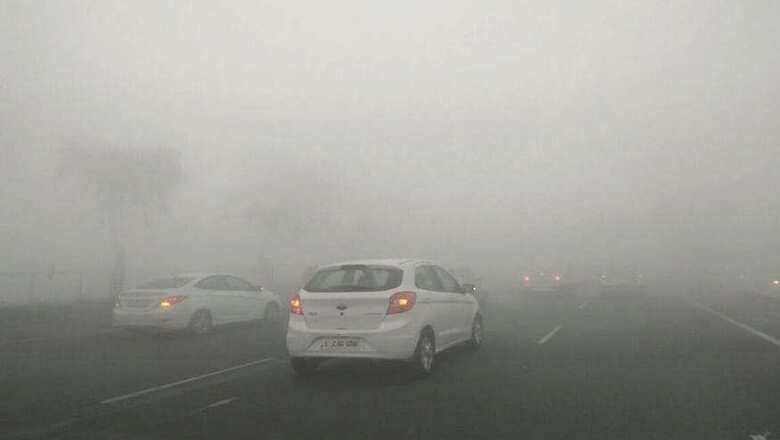
views
Buying an air purifier is tricky. With no industry standards in place in India, consumers are at the mercy of the brands. The prices of air purifiers can range from anywhere between Rs 8,000 and Rs 1 lakh. There are many factors to consider before buying an air purifier. It is very important to go through the specifications of each model and not blindly believe the sales executive. This buying guide aims to help you take an informed decision.
Things to remember first
Before you head out to buy an air purifier, note the following:
-Note the size of the room (preferably in square metres) in which you wish to install an air purifier
-Note that portable air purifiers are meant to cater to only one room
-Avoid Ionizers, UV light-based models. These air purifiers release ozone as a byproduct which have adverse effects.
-The cost of replacing air filter and electricity costs should be kept in mind. For best results, air purifiers should be kept running always.
Certifications to keep in mind
There are two standards- AHAM (American) and China certification- that are taken seriously in the industry. Most air purifiers that are available in India do not have any of these certifications. Both the certifications ensure a minimum quality and performance standard for an air purifier model.
Some popular AHAM Verifide brands are Blueair, Bosch, Electrolux, Honeywell, LG, Philips, Sharp, Whirlpool among others. Note that all models from these brands may not be certified. You can visit this website to verify the same. Some brands like Xiaomi follow Chinese GB/T 18801 Air Purifier standard.
Type of Filter
The quality and type of filter determine the effectiveness of an air purifier. Specific filters target different components of air. The most commonly available filter type is HEPA (High-Efficiency Particulate Air). It can filter most (up to 99.9%) airborne particles of small sizes of up to 0.3 microns. For general usage, HEPA filters get the job done.
Some brands provide ultrafine particle filter along with the HEPA filter to target particles even finer than 0.3 microns (Divide a hair strand into 240 pieces and the width of one such piece is equivalent to 0.3 microns). Note that HEPA filters do not remove odour.
To target odour, you will have to opt for an activated carbon filter along the regular HEPA filter combination. There are several types of activated carbon filters. Some of them are light mesh-like which prevents cooking odours. On the other hand, some filters offer activated carbon pellets which can remove gaseous and chemical odours.
Some brands even let you customise the filter as per your requirement.
Air purifier filters do not kill air borne germs and bacteria in general. You can look out for filters with antibacterial coating. However, avoid UV light-based ionisers, reports suggest that these models produce ozone.
Few air purifier models offer a washable pre-filter to capture dust and other large particles. Opt for a model with pre-filter as it increases the life span of the filter inside.
Performance
The performance of a particular air purifier model is rated by its coverage area, Clean Air Delivery Rate (CADR) and Air Changes Per Hour (ACH). While brands will boast about the CADR and coverage of a particular air purifier model, they will choose to remain silent on the ACH. This is something you should ask and find out before buying an air purifier.
What is ACH?
Air Changes Per Hour (ACH) is basically how often an air purifier can clean the air of its claimed coverage area in an hour. This is important because pollutants constantly enter your room and the air purifier needs to constantly clean the air. Given the pollution levels in Delhi, opt for an air purfier which offers 4 ACH. This means the air purifier is capable of cleaning the air of the entire claimed area four times in an hour or every 15 minutes the air inside is completely replaced.
The catch here is brands tend to hide the ACH rating while showcasing an increased coverage area and CADR. If an air purifier can cover more square feet but if its ACH is around 1 or 2, then it will be less effective. Some brands like Blueair offer 5 ACH.
Other things to note:
Cost of replacement filters and their lifespan. Filters usually cost in the range of between Rs 1,500 and Rs 2,500 with a lifespan of around six months. Also, do not forget to enquire about the availability of filters.
Considering electricity costs, try to hunt for an air purifier with energy star ratings.
Noise levels should be around 35 decibels when the fan is running at the top speed. Do not opt for models with above 55 decibels rating. It tends to be disturbing during sleep.


















Comments
0 comment